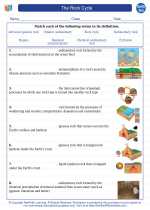Temporary Magnets
Temporary magnets are materials that behave like permanent magnets when they are within a strong magnetic field, but lose their magnetism when the magnetic field is removed. The most common temporary magnets are iron, nickel, and cobalt. When these materials are placed in a magnetic field, their atomic dipoles align in the direction of the magnetic field, causing the material to become magnetized.
How Temporary Magnets Work
Temporary magnets work based on the alignment of magnetic domains within the material. When a temporary magnet is placed in a magnetic field, the magnetic domains align, causing the material to become magnetized. However, when the external magnetic field is removed, the magnetic domains lose their alignment, and the material loses its magnetism.
Applications of Temporary Magnets
Temporary magnets have several practical applications, including in electromagnets, refrigerator magnets, and magnetic storage devices. Electromagnets use temporary magnets to generate a magnetic field when an electric current flows through a coil of wire. Refrigerator magnets utilize temporary magnets to stick to metal surfaces without permanently magnetizing the surface. Additionally, temporary magnets are used in magnetic storage devices such as hard drives and magnetic tapes.
Study Guide
- Describe the behavior of temporary magnets when placed in a magnetic field.
- Explain the concept of magnetic domains and their role in the magnetization of temporary magnets.
- Discuss the applications of temporary magnets in everyday devices.
- Compare and contrast temporary magnets with permanent magnets.
◂Earth Science Worksheets and Study Guides High School. The Rock Cycle
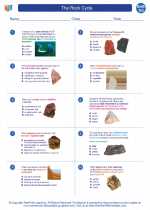
 Worksheet/Answer key
Worksheet/Answer key
 Worksheet/Answer key
Worksheet/Answer key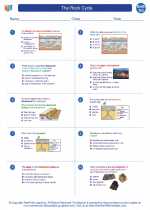
 Worksheet/Answer key
Worksheet/Answer key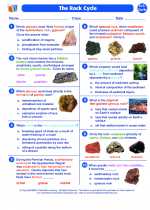
 Vocabulary/Answer key
Vocabulary/Answer key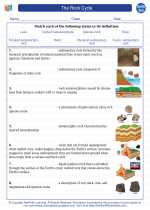
 Vocabulary/Answer key
Vocabulary/Answer key
 Vocabulary/Answer key
Vocabulary/Answer key